Questions that name your company’s photography needs
An important part of what we do as a team is guide our clients towards the type of imagery that will best support their business and mission. Do they want to sell a specific product or service? Are they wanting to celebrate their client relationships? Do they want to welcome prospective clients into their workspace?
Knowing how to craft a narrative that speaks to your unique practices and services is essential when it comes to your commercial or corporate marketing campaigns, regardless of the industry you’re coming from. But these questions, along with our industry insights and network of creative professionals, ensure we remain efficient and effective at every stage of your project.
1. What message are you trying to communicate?
I recently had a photoshoot on a commercial pig farm. I was hired as a third-party creative by my friend and local videographer, Jeff Long, who owns True Focus Media. This specific client’s product was livestock feed. We were brought in to capture how this team uses a specific brand to help raise healthy piglets all the way into adulthood and to your table. We designed a session to document the process of how the farm uses this product to care for their animals. Doing so required getting up close and personal with the animals in their natural environment, which not everyone would be comfortable doing.
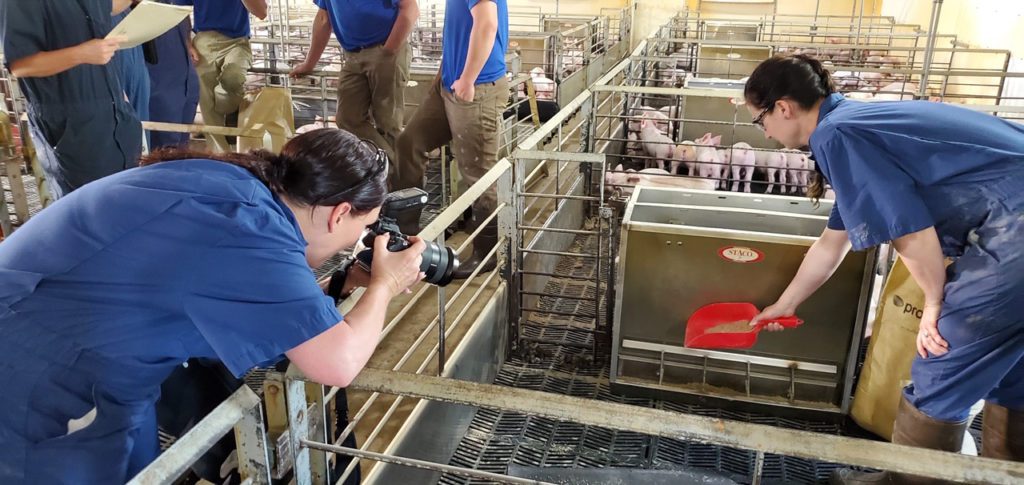
2. Where is this session going to take place?
Just as in real estate, “location, location, location” matters when it comes to deciding what equipment or support is required to make your images come to life. There’s a lot to consider whether it’s an in-studio or on-site photoshoot: like how much natural light is available or the space’s visual opportunities and limitations.
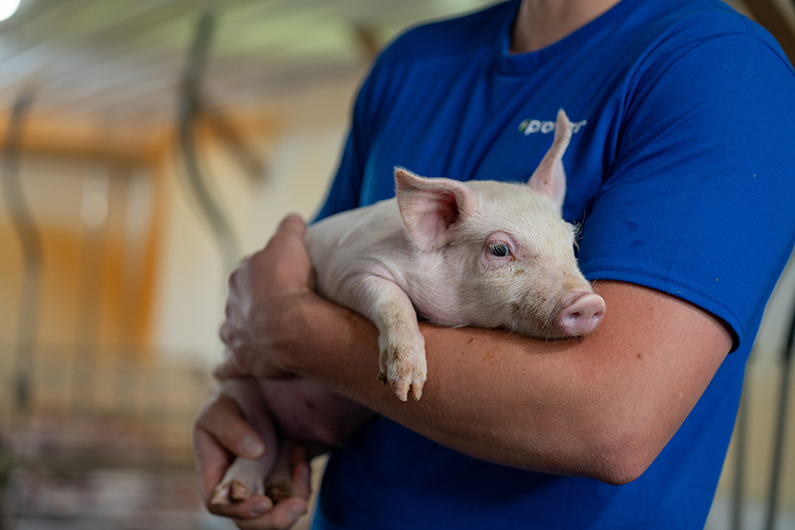
This is why it’s important to remain open to outside perspectives during creative processes like marketing campaigns. Others see what you don’t and may have areas of specialized expertise that support your success. So just as Jeff welcomed me into his pig farm project, I asked my colleagues Cindy Fair of CM Designs and Jeremi Blurton of Blurton Photography to join us.
As a graphic designer, Cindy was able to keep the end result in mind as we set up each shot. Her ability to keep the action and layout connected to our ultimate message made her an excellent art director and go-between for everyone involved.
Jeremi is a skilled photographer in his own right, so he wore many hats for us on the farm that day! And while it’s always great to have a helping hand when it comes to managing the equipment, his knowledge was instrumental in creating our perfect lighting. In reality, these barns are quite dark and require additional gear to see anything clearly. But our team was ready to capture everything correctly and efficiently, which resulted in on-brand photos of our clients in the space they were most comfortable in.
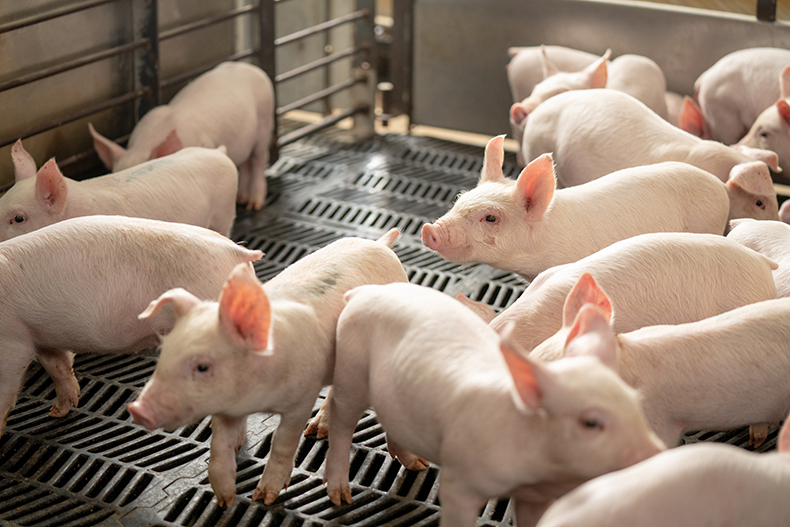
3. Where will the photos be used?
You may think this is as simple as saying, “We will use these online and not in print.” But each digital platform, from social media to websites, has a different formatting requirement. What if you decide to print the photos later as part of an online and on-the-ground campaign? Every collateral piece and printer’s process is different. In order to avoid making memorable mistakes, like pixelated banners, you have to accept that one size does not fit all when it comes to photos.
Beyond that, taking this end result into consideration allows us to better stage your scenes. Do we need to leave space between the subjects for text? Will we have unusual framing restrictions? The more we can create what we want in the camera, the better and easier post-production will be.
4. How many scenarios will there be?
Breaking up your bigger message into smaller scenes will create a story your audience can walk through and enjoy. We start this by building a shot list that specifically names the products or people you want to feature in these photos. We then use this information to design the sets and determine schedules for our session, in ways that stay true to your vision.
In our pig farm project, the clients had a very specific need: imagery to include in instructional brochures with topics like best practices for feeding gruel or how to successfully manage weaned pigs. So after a conference call to name all the areas of focus, we mapped out an exhaustive shot list of what we needed for each scene to develop an efficient use of everyone’s time.
For the best feeding practices scene, we knew we would need to take meticulous photos of the preparation process. This meant showing how to add feed to the feeders, when to add water, what the mixing directions were, and, ultimately, who was benefiting from all this: the pigs.
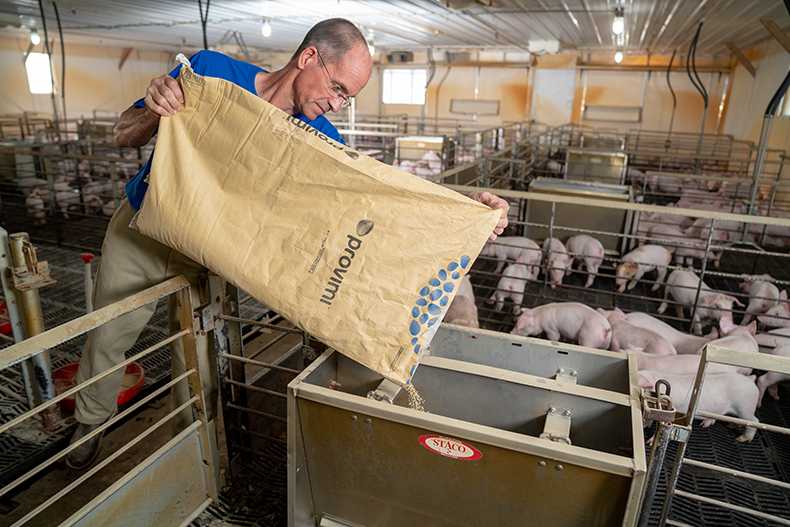
When it came to photographing the management of those pigs, we knew we would need to involve more people. These animals weren’t going to move themselves from pen to pen, after all! They also weren’t going to give themselves medical treatments or disinfect the equipment that keeps them healthy. It was important to clearly demonstrate how customers should properly use this product in their own facilities and processes.
5. What is your timeline?
I want to make sure we remain as efficient as we are creative when it comes to your project. If your delivery turnaround is tight, our options will be more limited in what we can produce. Making sure we carve out the appropriate amount of time for every step of the process ensures that what we develop matches your vision.
6. What is your budget?
Some people believe that good cameras mean good photos. These are the individuals that buy a DSLR kit for their marketing team and walk away expecting to see stunning images appear all over the company’s social media and marketing. Now imagine their shock and disappointment when a year later they follow up to find a fine layer of dust covering the camera bag.
This is not an uncommon situation in any industry and it illustrates why it’s worth investing marketing money in hiring professional photographers. Creating imaginative and inspired images for you is my main focus and goal, not a side responsibility that was shuffled onto my plate.
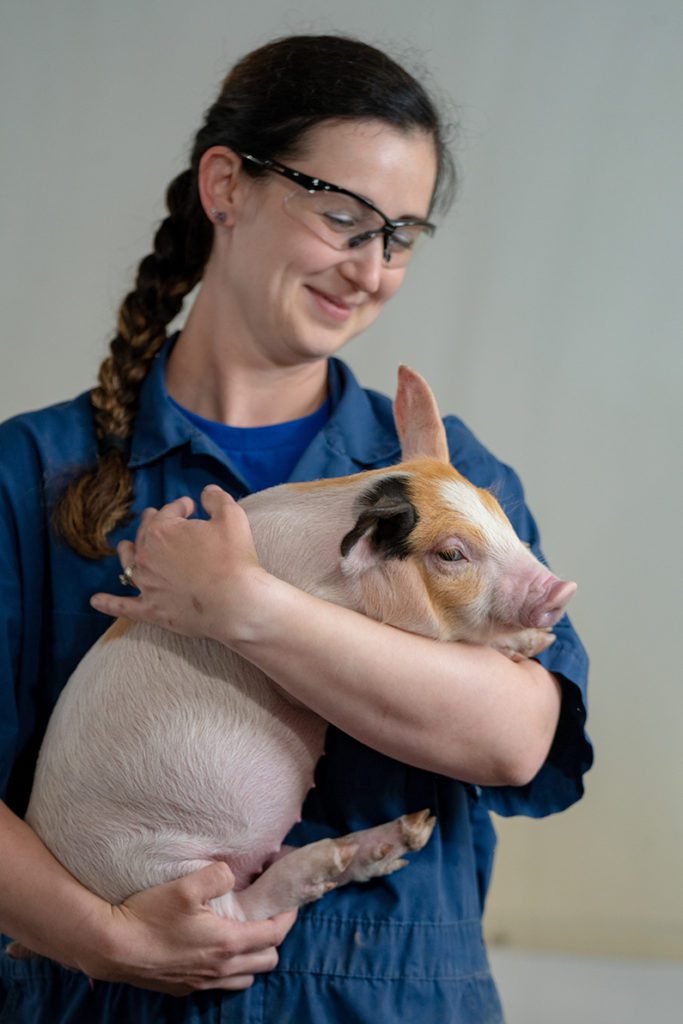
7. Who is involved in your process?
Occasionally, we need to take office politics into consideration, like in group photos. Say you’re taking a team photo of financial advisors or lawyers. You want to know who is important to the business and if there is something about the culture that determines how we place people. Should the principal be in front? Or would they rather key staff members take center stage?
It all goes into telling your unique story. I know some of your audience will just see a group shot of people from your office, but your team matters to you and sometimes what represents your situation isn’t necessarily what looks technically good in a photo – and I’m OK with that.
8. Are there compliance issues we need to address?
In many industries, there are specific policies and regulations in place to prevent a series of unfortunate events that lead to fines or safety failures. Which is why we ask that all safety and health regulations be followed throughout the photoshoot. Are your employees required to wear gloves or eye protection? Is there a specific distance you’re asked to maintain in a sterilized area? We make sure to ask before shooting to make sure all of your imagery is in compliance.
We also understand that we have to meet the guidelines as well! At the pig farm, we were mindful of practices like showering in and out before entering and leaving the facility and changing into clothing they provided. This was to prevent bringing in something that could infect and kill the herd.

Sometimes this requires going above and beyond, which I am always happy to do! Years ago I got certified for work in the mining industry. It took three days of training to be able to be on site and go into a mine shaft. The client couldn’t convince other third party photographers before me to complete the certification course. The client was afraid of getting themselves in trouble for using photos that didn’t align with standard safety rules, which is something that can’t be easily edited out in post production.
You may not be running a pig farm or in the mining business but I will take as much care and consideration with your needs as I did theirs! So get the process started today by scheduling a phone or video consultation with me, so we can hit the ground running tomorrow:

